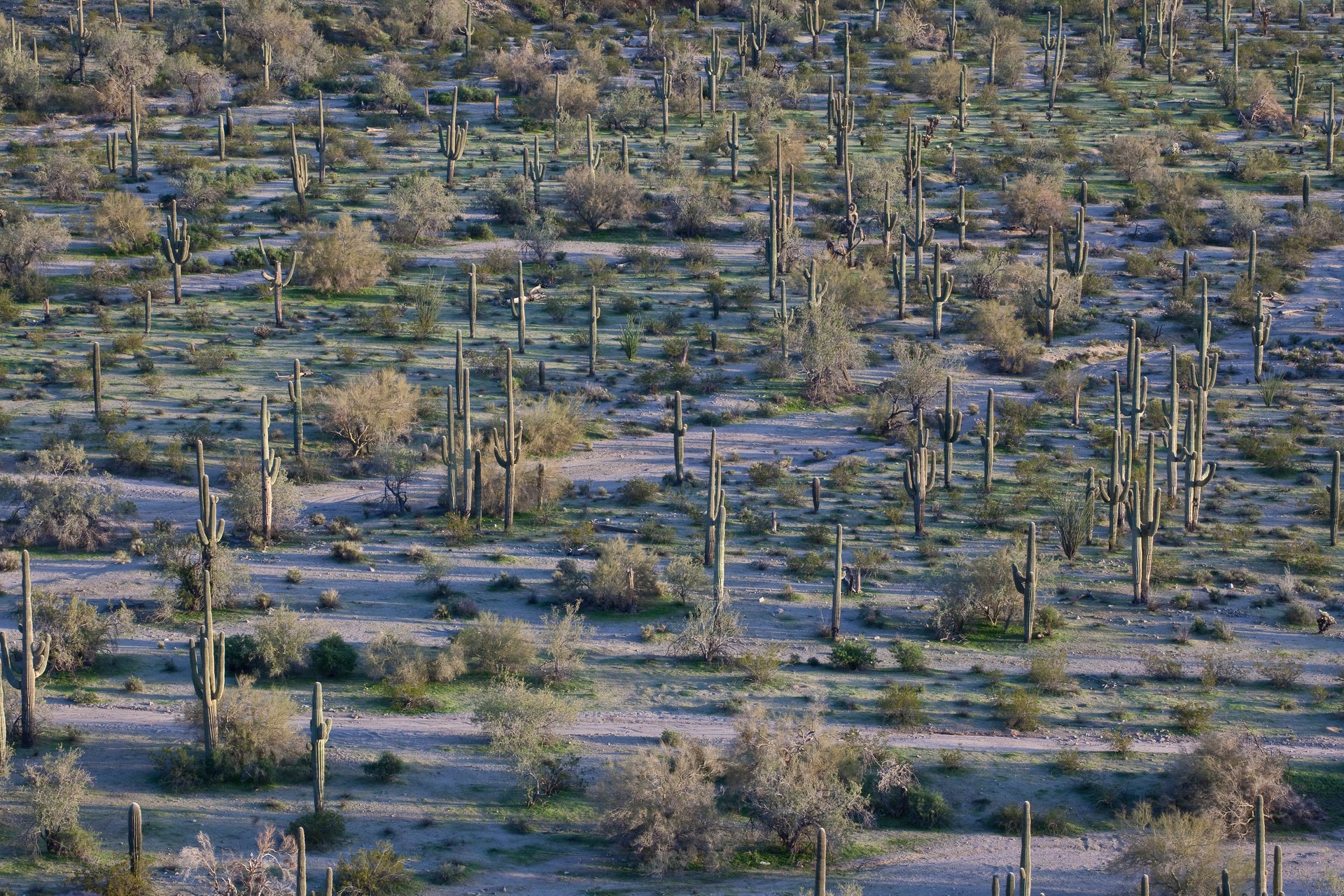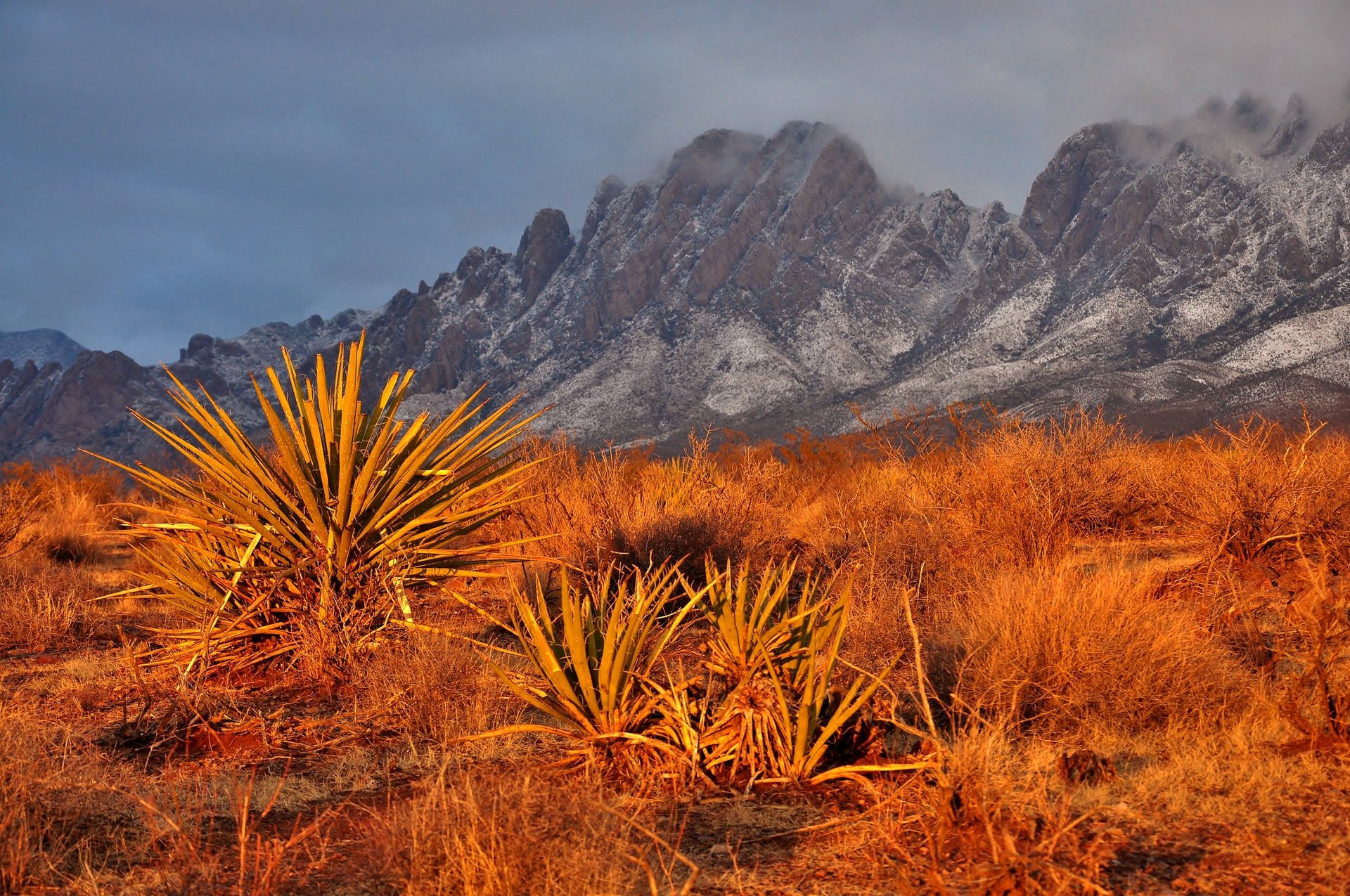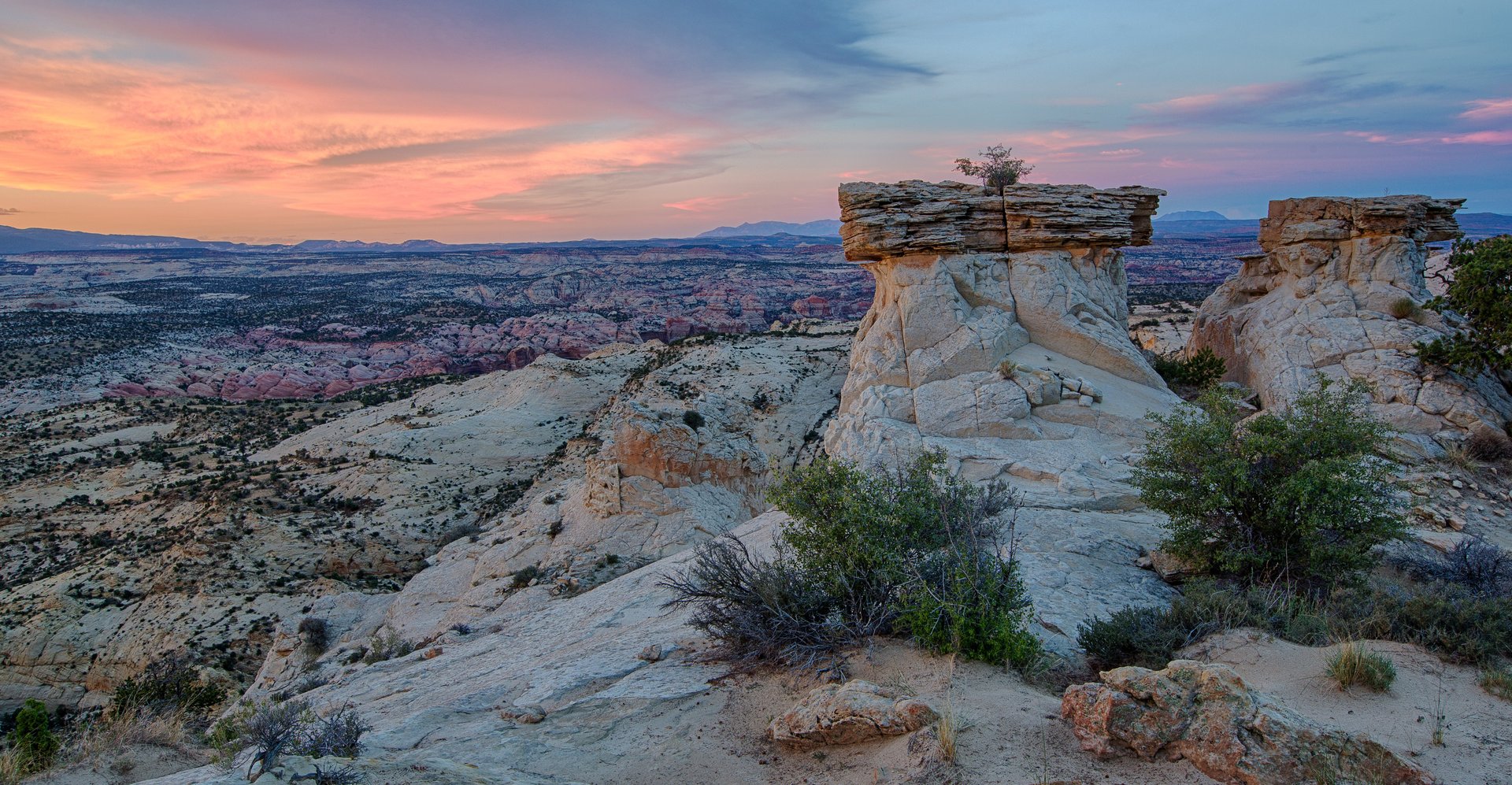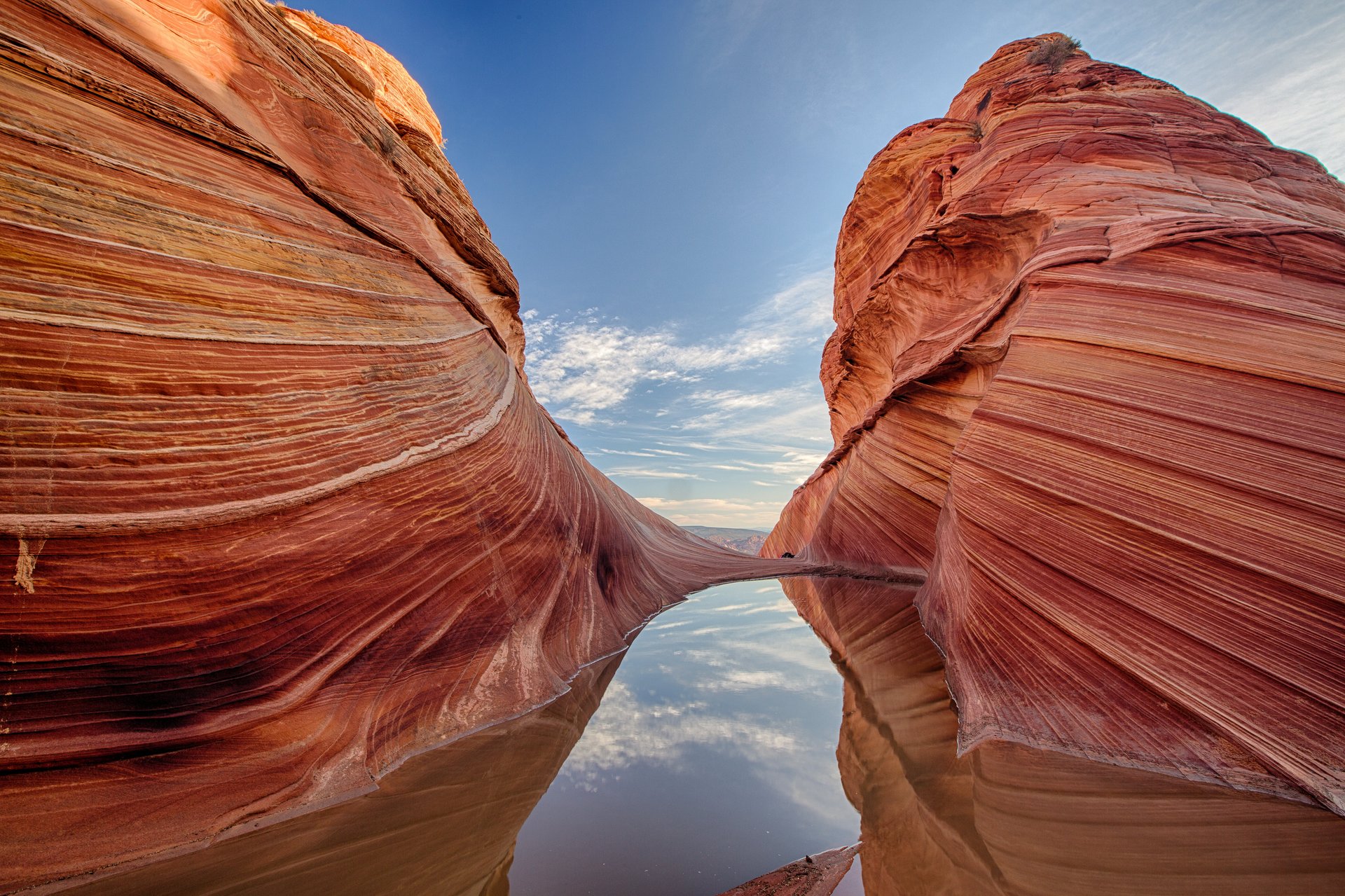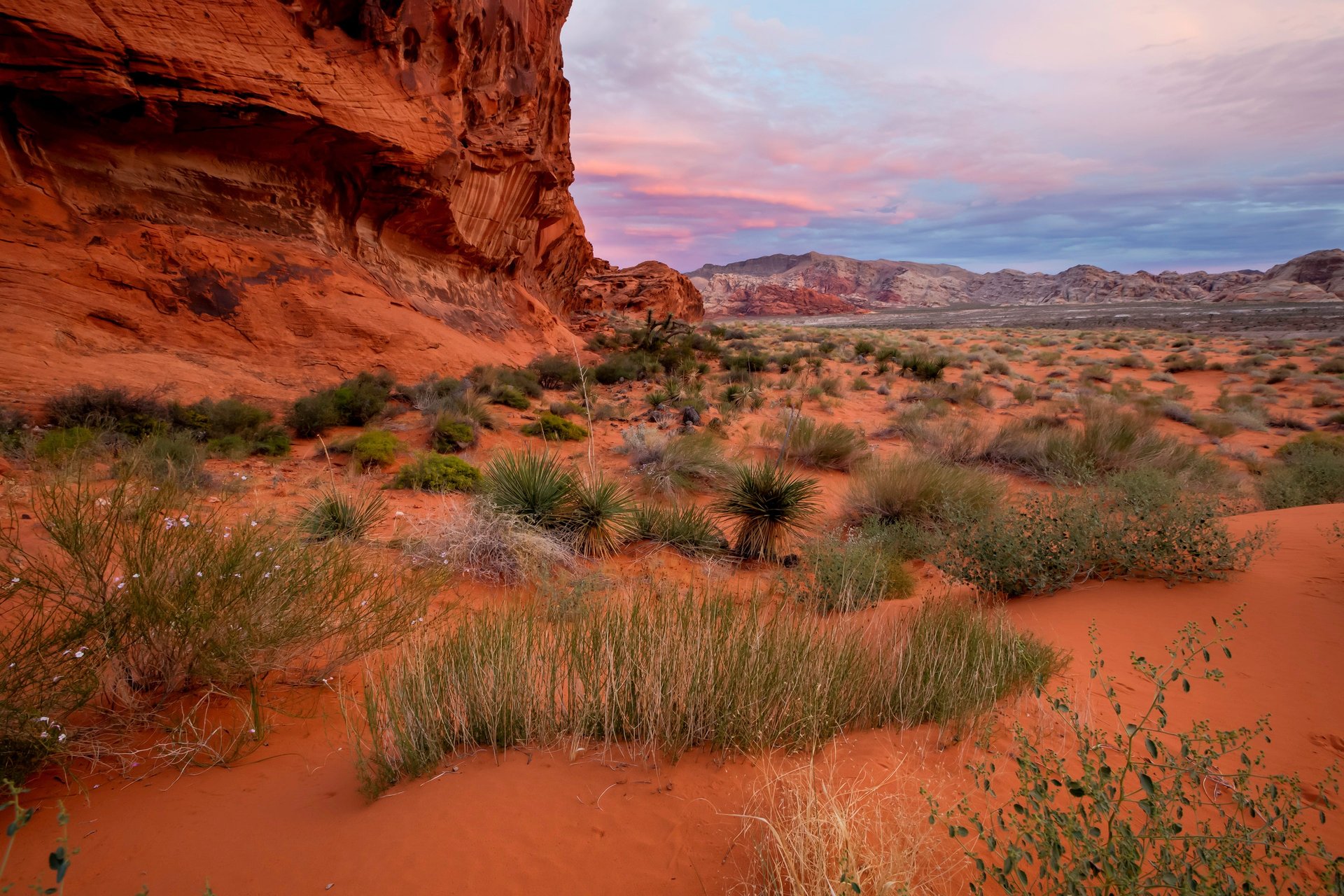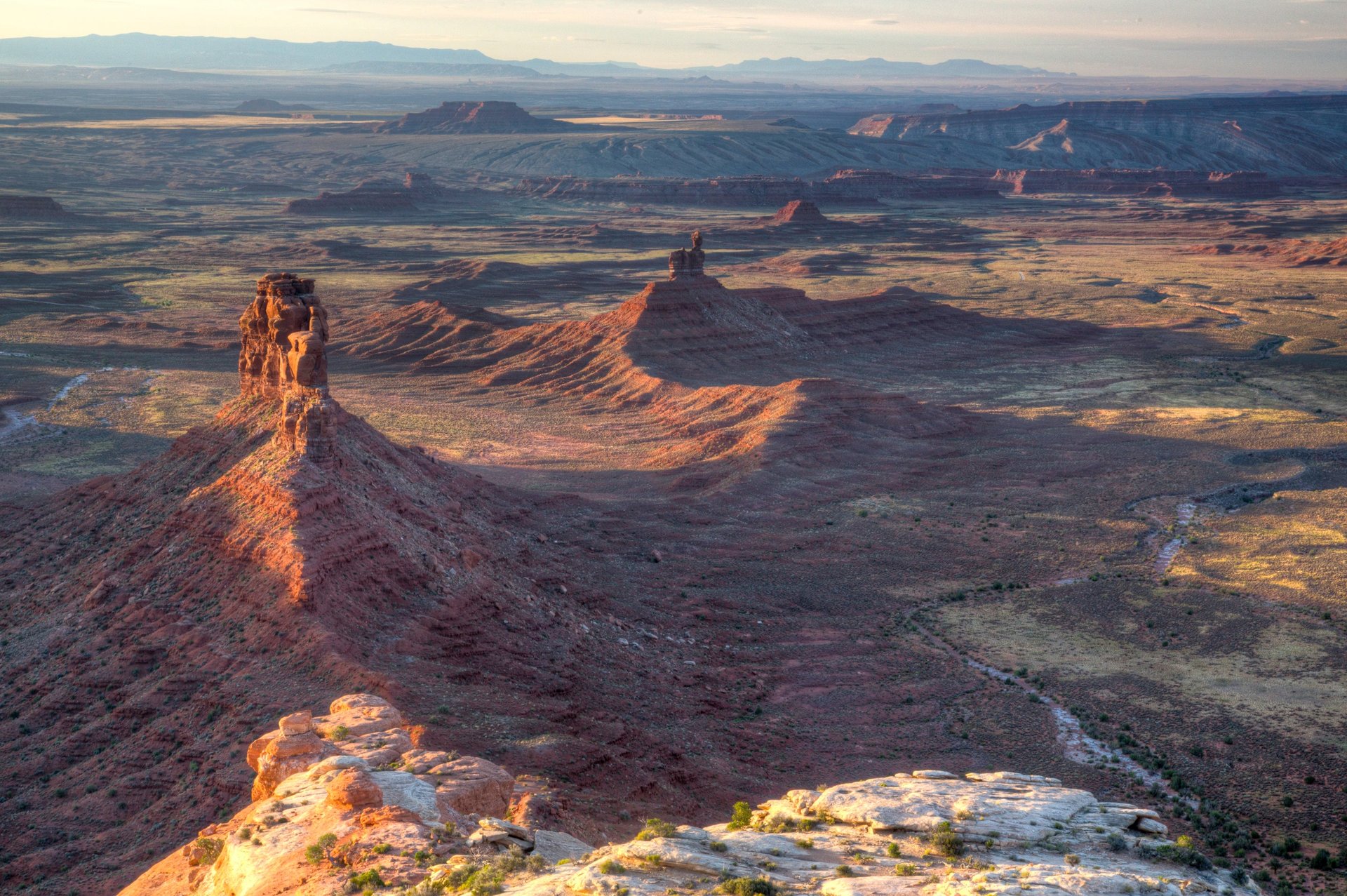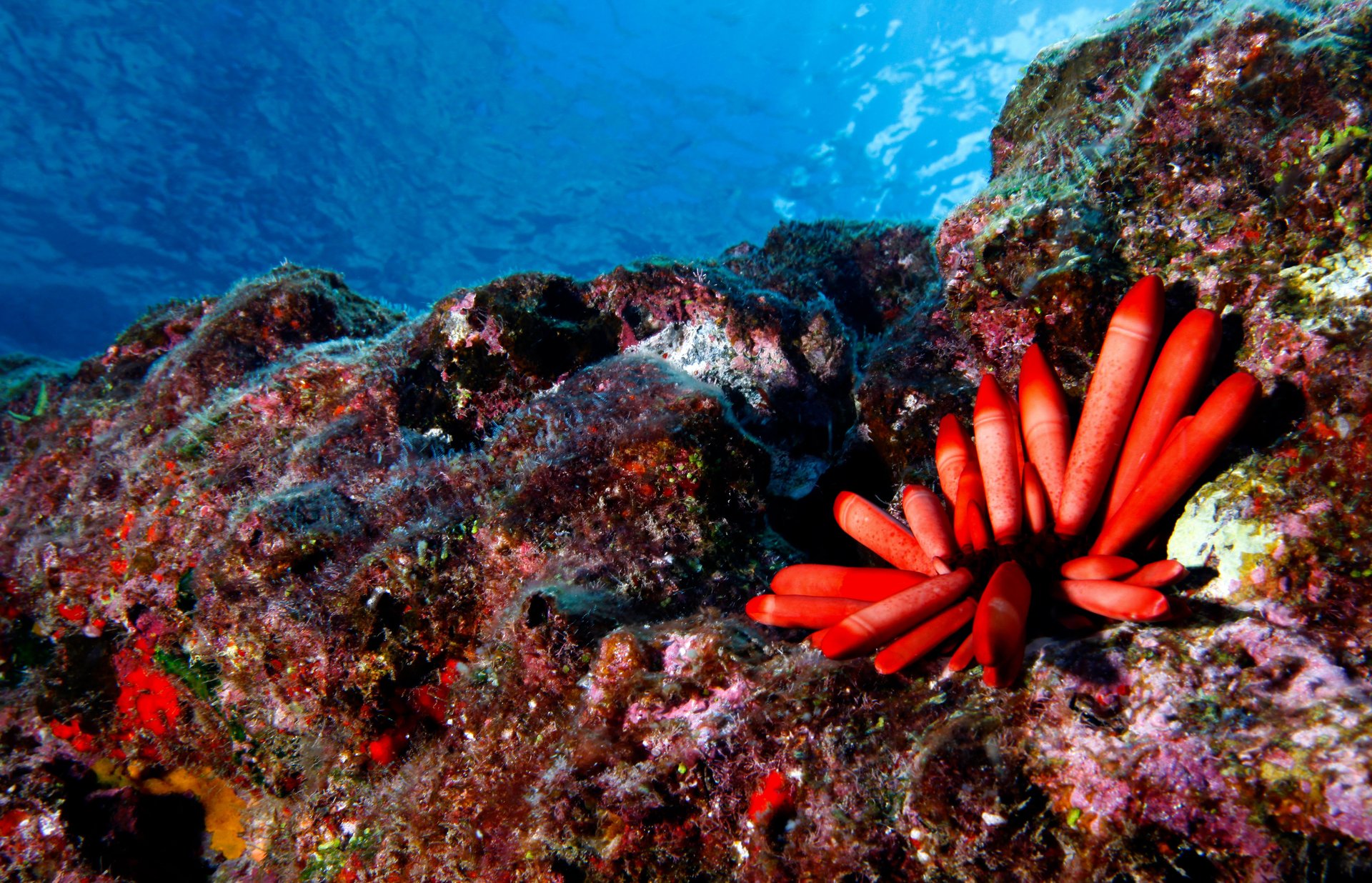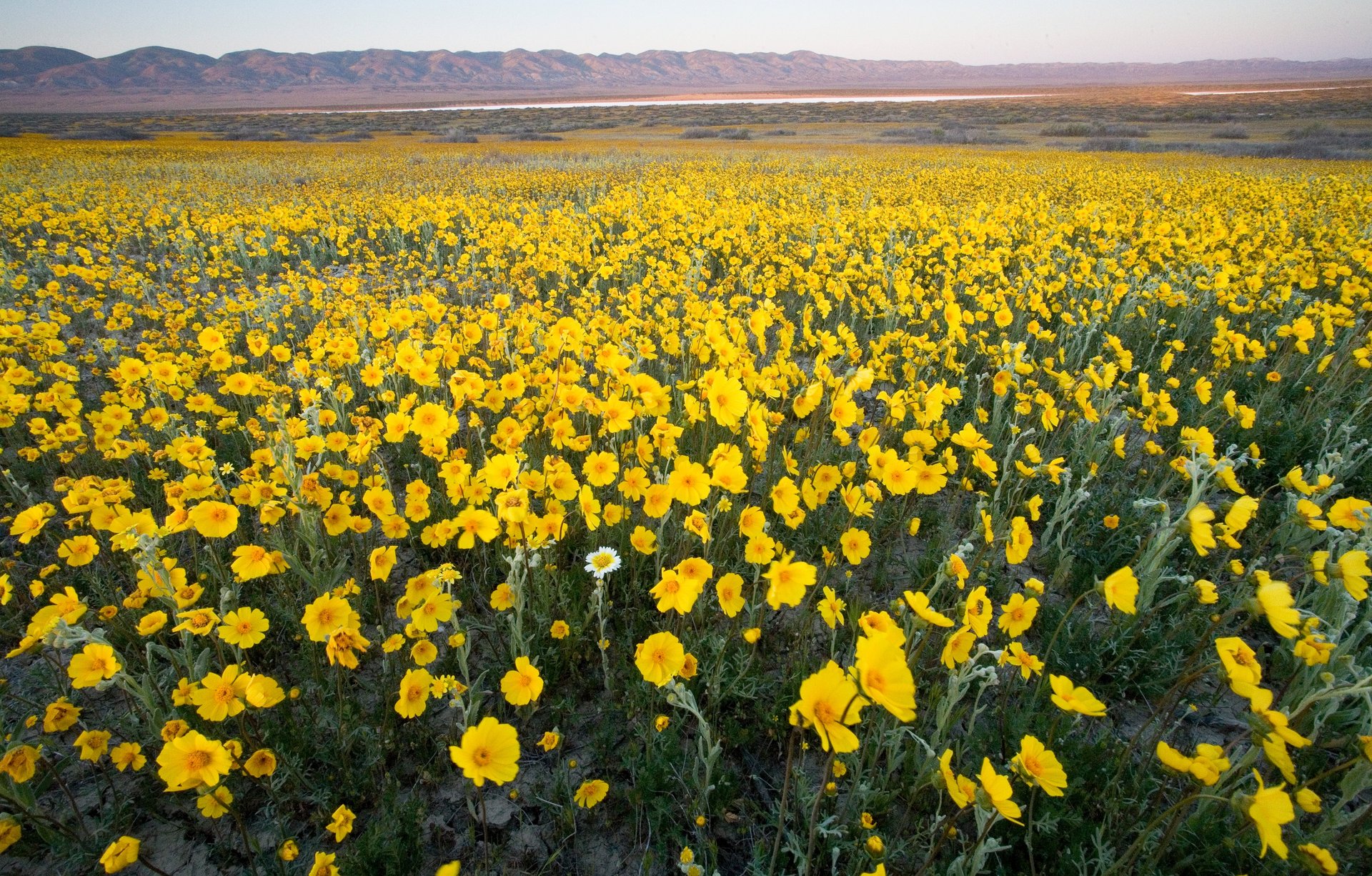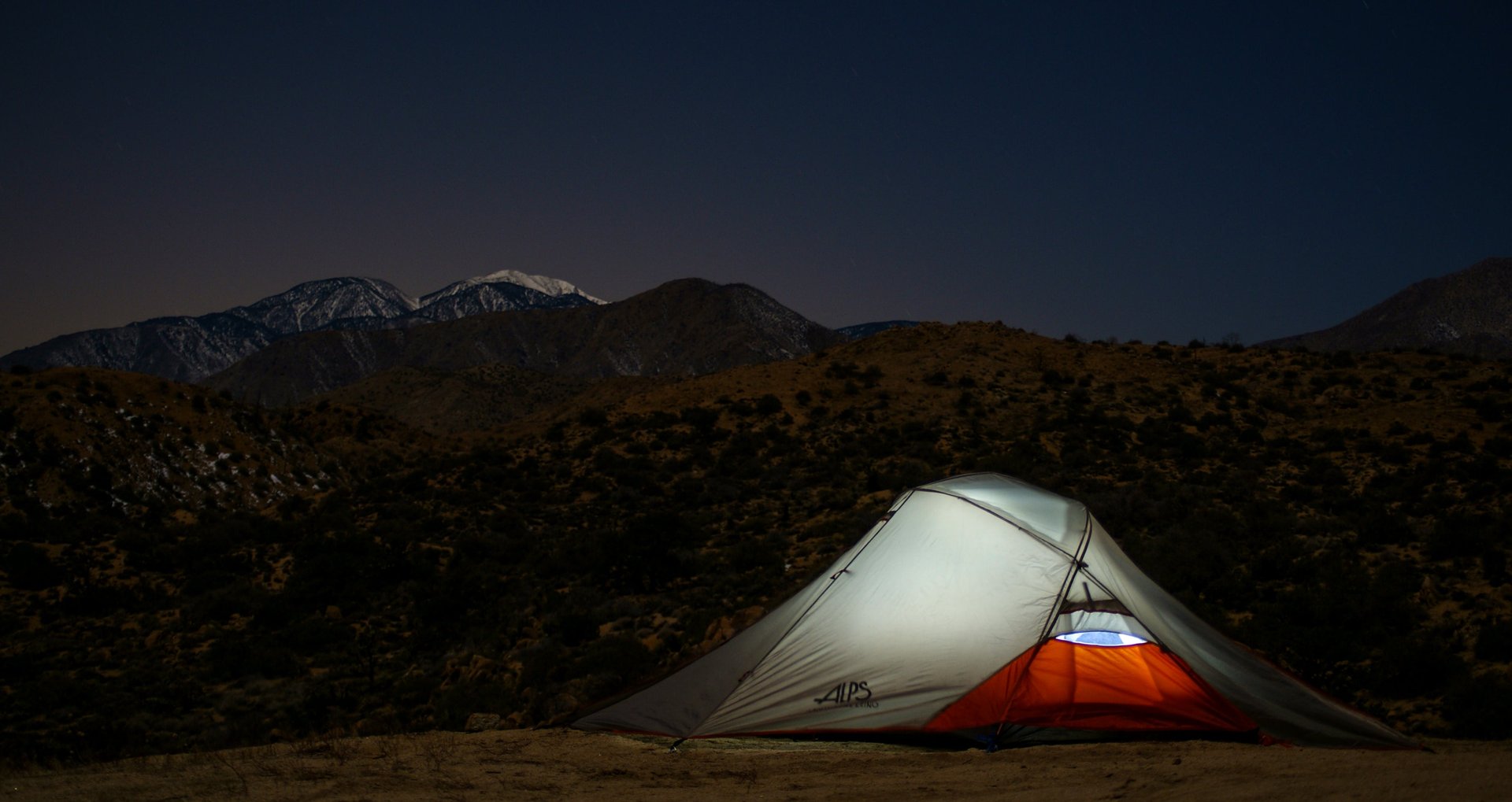These striking US national monuments are under threat thanks to Donald Trump
Late last month, president Donald Trump ordered a review of what he called “another egregious use of federal power”: past presidents’ protection of large swaths of land from development and industry.
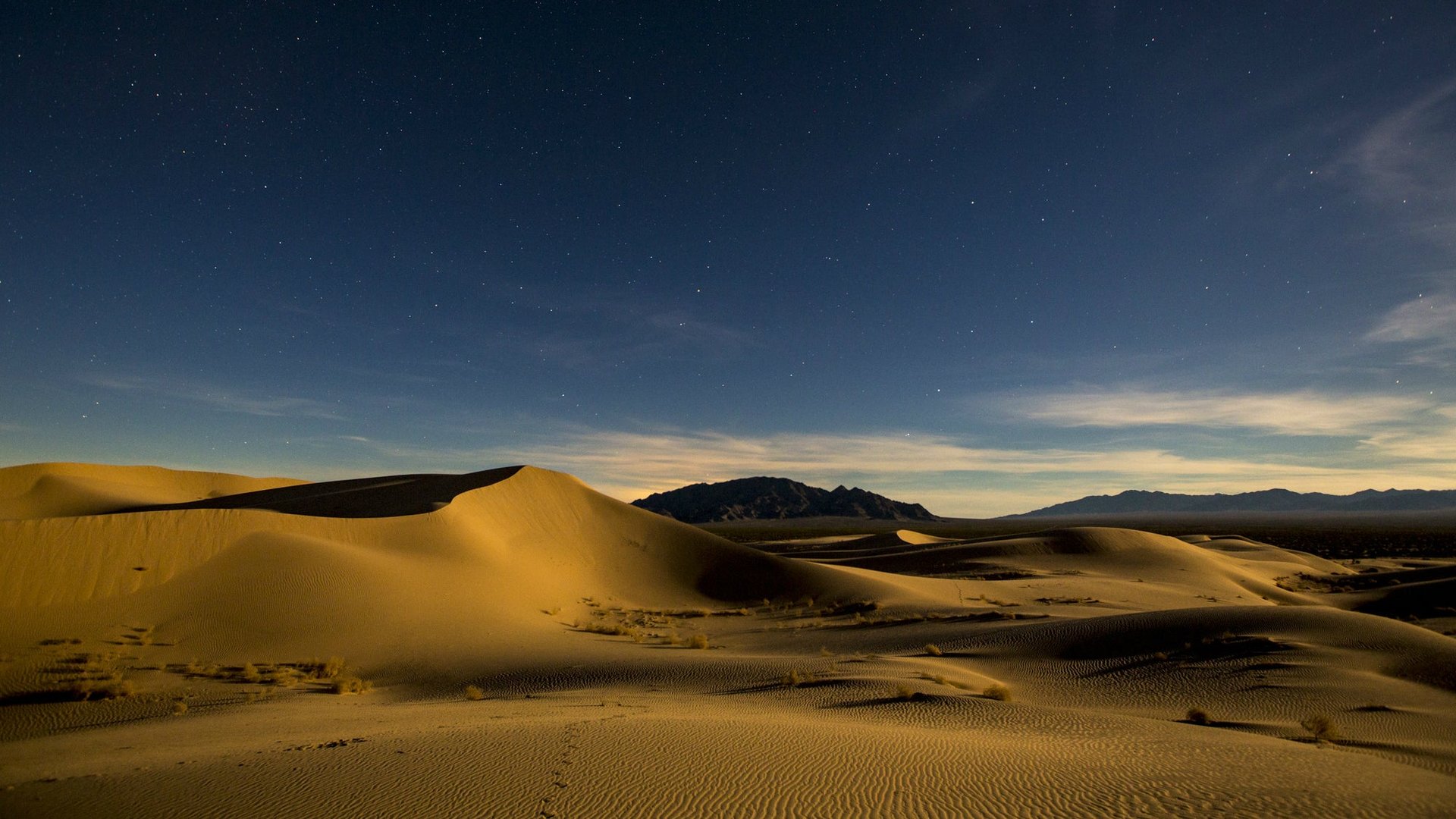

Late last month, president Donald Trump ordered a review of what he called “another egregious use of federal power”: past presidents’ protection of large swaths of land from development and industry.
Trump asked the Interior Secretary to review designations of national monuments larger than 100,000 acres (40,000 hectares), going back to 1996. US presidents have declared more than two dozen areas national monuments in the last 20 years, which range from Mojave Desert sand dunes and to coral reefs in the Pacific Ocean. With less than a month to go in office, former president Barack Obama declared Bears Ears in Utah a national monument, because it houses sacred Native American cultural sites. Oil company EOG Resources had approvals to drill in the area.
The designations were made under the 1906 Antiquities Act, signed by president Theodore Roosevelt primarily to prevent looting of Native American artifacts from lands considered sacred. It lets presidents create national monuments on federal land by proclamation. Trump wants to “give that power back to the states and the people,” instead of letting presidents “lock up millions of acres of land and water” from potential development.
It may not be simple to rescind national monument designations, however. National Geographic notes that the law doesn’t say whether a president can reverse a monument’s designation, though some designations of land have been downsized. Legal battles are likely if the Trump administration attempts to revoke their status.
Here is a look at some of the sites that will be under review during the next three months:
